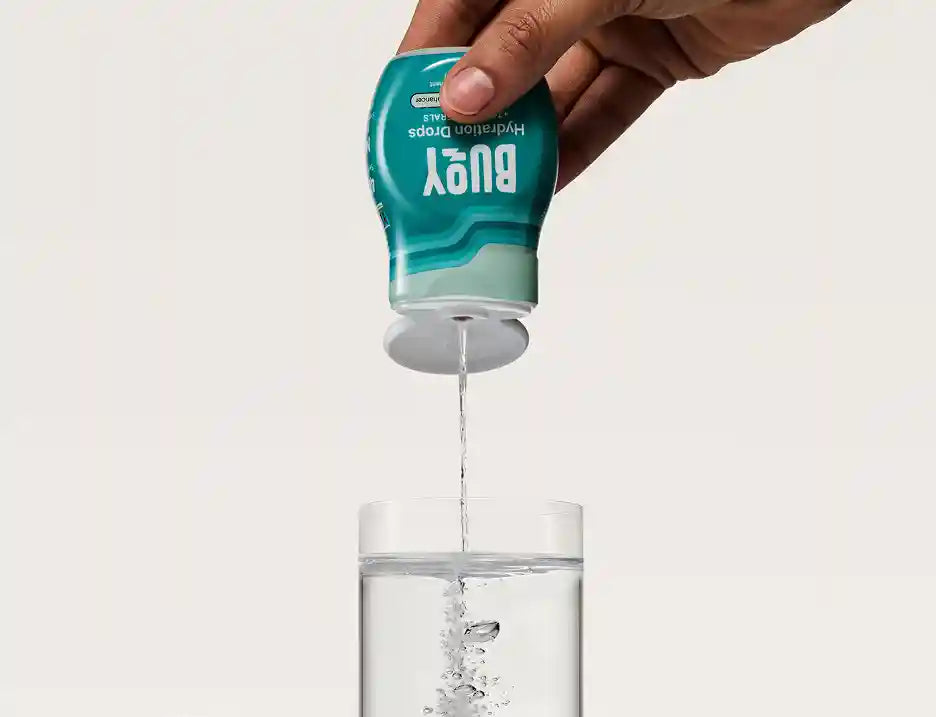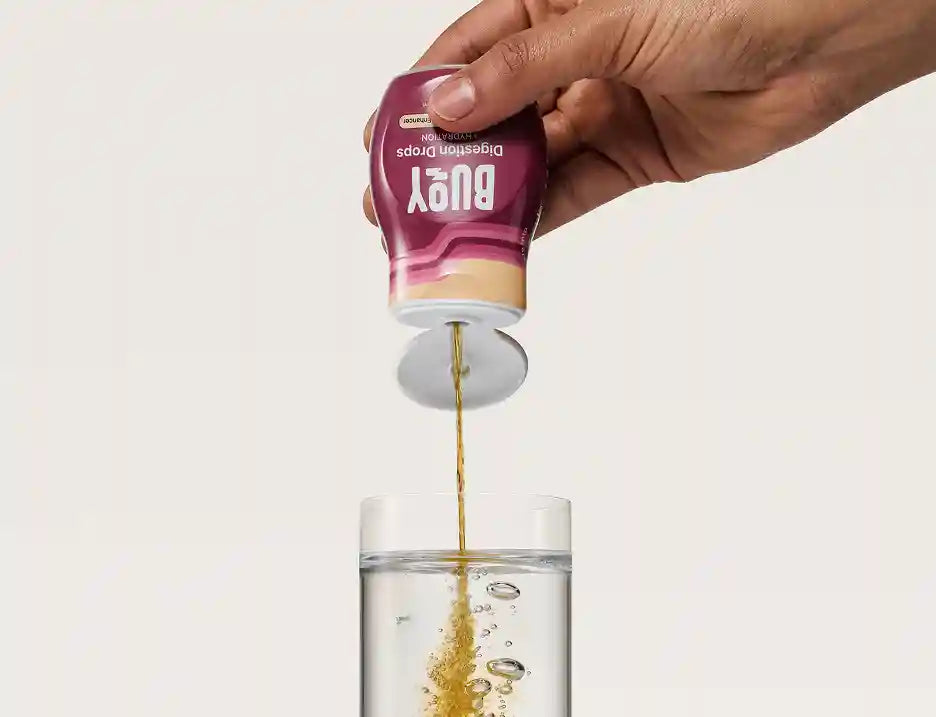
Why Are IV Fluids Used in POTS Treatment? Benefits and Risks Explained
Dizziness, fatigue, racing heart—for some POTS patients, relief from these symptoms comes through an IV bag. But is this “quick fix” all it’s cracked up to be?
IV fluids for POTS, particularly saline IV treatments, have sparked both hope and controversy. While some patients swear by their effectiveness, others face challenges accessing or tolerating this therapy.
Essential Takeaways:
- IV Fluids Can Help—But They Come with Risks: While IV fluids can provide quick symptom relief for some POTS patients, they carry risks such as infection and are typically reserved for severe cases or emergencies.
- Access is Limited: Regular IV fluid therapy is difficult to obtain due to medical concerns and insurance restrictions, making it an infrequent treatment option for most POTS patients.
- Alternative Strategies Are Important: Many POTS patients find success with other hydration strategies and lifestyle changes that can be implemented more safely and consistently.
Let’s explore IV fluids for POTS, including their benefits, risks, and why they’re not always the go-to solution for managing this complex condition.
- How Do IV Fluids Help with POTS Symptoms?
- When Are IV Fluids Typically Prescribed for POTS?
- What Are the Risks of Regular IV Fluid Use?
- The Challenge of Accessing IV Fluid Treatment for POTS
- Alternatives to IV Fluid Therapy in POTS
- How Much Does IV Fluid Therapy and Hydration Bars Cost?
- Consider All Options Before Seeking IV Fluid Therapy for POTS
How Do IV Fluids Help with POTS Symptoms?
IV fluids for POTS work by quickly increasing blood volume, which can help improve circulation and reduce common POTS symptoms like dizziness, lightheadedness, and fatigue.
For POTS patients who struggle with dehydration or low blood volume, an infusion of saline or lactated Ringer’s solution can provide rapid relief.¹
Research on Fluid Therapy for POTS
Research has shown promising results for IV fluid therapy in POTS. Studies have found that patients receiving IV saline experienced significant reductions in standing heart rate increases, suggesting improved circulation.¹
In one long-term study, 93% of patients reported feeling better after receiving occasional IV saline treatments.²
Benefits of IV Fluids for POTS
The primary benefits of IV fluid therapy for POTS include:
- Quick increase in blood volume
- Improved circulation
- Reduced dizziness and lightheadedness
- Decreased fatigue in some patients
These benefits can provide rapid relief for POTS symptoms, potentially improving a patient’s quality of life and ability to function in daily activities.³
However, it’s important to note that while these results are encouraging, more research is needed to fully understand the long-term effects of IV treatment for POTS.

When Are IV Fluids Typically Prescribed for POTS?
Despite their potential benefits, IV fluids are not typically prescribed as a regular treatment for POTS. They’re most often used in situations like:
- During severe symptom flares
- After episodes of significant dehydration
- In emergency situations where immediate volume expansion is necessary³
While POTS IV fluids can be effective in certain situations, they’re not typically prescribed as a regular treatment due to associated risks and the availability of safer alternatives.
What Are the Risks of Regular IV Fluid Use?
While IV fluids can provide quick relief, regular use comes with several potential risks:
- Infection: Any time there's an entry point into the bloodstream, there’s a risk of infection.
- Vein Damage: Repeated IV insertions can lead to scarring and hardening of veins.
- Electrolyte Imbalances: Frequent infusions can disrupt the body's delicate electrolyte balance.
- Fluid Overload: Too much fluid can strain the heart and lungs.
- Complications from Long-Term Access: For patients needing regular treatments, long-term IV access methods like central venous catheters carry risks of serious infection, blood clots, and in rare cases, more severe complications.¹³
These risks are a primary reason why many doctors hesitate to prescribe regular IV treatments for POTS patients.
The Challenge of Accessing IV Fluid Treatment for POTS
For patients who believe they might benefit from regular IV fluid therapy, accessing this treatment can be challenging:
- Healthcare Provider Reluctance: Medical guidelines do not typically endorse regular IV fluid therapy for POTS, and many doctors only prescribe it in emergency cases where patients experience significant dehydration or require volume expansion after surgery or illness.
- Insurance Coverage Issues: Many insurance companies classify IV fluids for POTS as “experimental” or “not medically necessary,” which limits coverage and makes it expensive for patients to access regularly.
- Limited Availability: Access to regular IV therapy outside of emergency situations remains limited, as most doctors focus on safer, long-term management options for POTS patients.
- Complications and Risks: The potential risks associated with repeated IV therapy, such as infection, vein damage, and electrolyte imbalances, make doctors hesitant to prescribe this as a long-term solution.
- Cost Barriers: Without insurance coverage, the expense of regular IV treatments can be prohibitive for many patients.³⁴
Overall, regular use of IV fluids for POTS is far from common, with many patients and healthcare providers opting for safer, more accessible alternatives.
Buoy Quick Tip: If you’re considering IV fluid therapy for your POTS symptoms, discuss the potential benefits and risks thoroughly with your healthcare provider. They can help you weigh the pros and cons based on your individual health situation.

Alternatives to IV Fluid Therapy in POTS
Given the challenges and risks associated with IV fluid therapy, many POTS patients find success with alternative strategies:
- Oral Hydration: Increasing fluid intake, especially with electrolyte-rich beverages, can help maintain blood volume. Get more hydration tips in our POTS Hydration Guide.
- Compression Garments: Use these to prevent blood pooling in the lower extremities and help maintain blood pressure.
- Lifestyle Changes: Elevate the head of your bed slightly (4-6 inches) to help retain fluid overnight. Under medical supervision, increase salt intake to help retain more fluid.
- Exercise: Try recumbent exercise to improve circulation without the orthostatic stress of upright exercise.
- Medications: Some medications, like fludrocortisone, can increase blood volume, though they come with their own risks and side effects.
Combining these strategies and working closely with your healthcare provider can help develop a comprehensive management plan that doesn't rely on IV fluids. These alternatives offer safer, more accessible ways to manage your POTS symptoms on a daily basis.
For more ways to manage your symptoms, check out our guide: Expert Tips on Managing POTS Symptoms.
How Much Does IV Fluid Therapy and Hydration Bars Cost?
For those who do pursue IV fluid therapy outside of a hospital setting, such as at hydration bars or infusion clinics, costs can be significant:
- Single sessions typically range from $200 to $400 per bag.
- Monthly costs for regular treatments can exceed $1,000.⁴
- These treatments are usually not covered by insurance when used for POTS management.
The high costs associated with IV fluid therapy, coupled with the lack of insurance coverage, make this treatment option financially challenging for many POTS patients.
It’s important to weigh these costs against the potential benefits and consider more cost-effective, long-term management strategies.
Buoy Quick Tip: IV fluid therapy for POTS is often not covered by insurance. Many insurers consider it “experimental” or “not medically necessary” since it’s not a standard first-line treatment. As a result, patients often face high out-of-pocket costs when seeking this therapy outside of emergencies or hospital settings.
Consider All Options Before Seeking IV Fluid Therapy for POTS
While IV fluids for POTS, particularly saline IV for POTS, can be a powerful tool for managing severe symptoms in certain situations, they come with significant risks, costs, and access challenges.
Before pursuing IV fluid therapy, consider exploring all available options, including lifestyle adjustments and alternative treatments.
Hydrate Safely with Buoy
For more information on managing POTS symptoms and staying hydrated, explore our POTS Resource Guides and consider trying Buoy’s Rescue Drops to support your daily hydration needs without the risks associated with IV therapy.

References:
-
Snapper, H. & Cheshire, W. P. (2022). Oral and Intravenous Hydration in the Treatment of Orthostatic Hypotension and Postural Tachycardia Syndrome. Autonomic Neuroscience: Basic & Clinical, 238, 102951. Retrieved from https://www.sciencedirect.com/science/article/pii/S1566070222000108
-
Ruzieh, M., Baugh, A., Dasa, O., Parker, R. L., Perrault, J. T., Renno, A., Karabin, B. L. & Grubb, B. (2017). Effects of Intermittent Intravenous Saline Infusions in Patients with Medication-Refractory Postural Tachycardia Syndrome. Journal of Interventional Cardiac Electrophysiology: An International Journal of Arrhythmias and Pacing, 48(3), 255–260. Retrieved from https://www.researchgate.net/publication/313506555_Effects_of_intermittent_intravenous_saline_infusions_in_patients_with_medication-refractory_postural_tachycardia_syndrome
-
Standing Up to POTS. (n.d.). Intravenous Fluids Guide. Retrieved from https://www.standinguptopots.org/resources/iv-saline
- Forbes. (2023). What is IV Therapy? Benefits, Side-Effects, and Costs. Retrieved from https://www.forbes.com/health/wellness/iv-therapy/





